Product details
Zebra stone jasper, also known as zebra rock or zebra marble, is a striking variety of jasper renowned for its distinctive striped patterns resembling the black and white stripes of a zebra. This unique stone is primarily composed of quartz and sericite, with occasional traces of other minerals such as hematite or goethite, which contribute to its distinctive coloration.
Zebra stone jasper forms through a combination of sedimentary and metamorphic processes. It originates from sedimentary deposits rich in clay minerals, which undergo compaction and lithification over millions of years. Subsequent metamorphism due to tectonic forces and hydrothermal activity results in the formation of the characteristic striped patterns seen in zebra stone.The alternating bands of black and white in zebra stone jasper are believed to have formed through the rhythmic deposition of iron oxide and other minerals during the stone’s formation. These layers may vary in thickness and intensity, creating a visually dynamic appearance reminiscent of the iconic stripes of a zebra.

Zebra stone jasper is primarily found in the Kimberley region of Western Australia, where it occurs in sedimentary layers within the Lower Proterozoic age. The stone is typically mined from open-pit quarries or collected from riverbeds and stream channels where it has been naturally eroded and weathered.
Zebra stone jasper is prized for its unique appearance and is commonly used in lapidary work to create polished cabochons, beads, and decorative objects. Its striking contrast of black and white bands makes it a popular choice for jewelry designers seeking to create bold and eye-catching pieces.
Jasper, a mesmerizing and multifaceted mineral, embodies a captivating story woven through the fabric of Earth’s geological history and human cultural narratives. Its formation is a testament to the intricate dance of chemical processes within the planet’s crust, resulting in a kaleidoscope of colors, patterns, and textures that have fascinated generations of admirers. From the rocky depths of Madagascar to the sun-drenched landscapes of Australia, jasper’s journey spans continents, offering a rich tapestry of diversity and intrigue.
At its core, jasper is a variety of microcrystalline quartz, characterized by its fine-grained structure and vibrant hues. The mineral’s genesis lies in the gradual deposition of silica-rich fluids within fractures and cavities of host rocks, where over time, these fluids crystallize into the intricate formations that define jasper. The presence of various mineral impurities, such as iron oxides, manganese, and other trace elements, imbues each specimen with its unique palette of colors and distinctive patterns.
The geographic distribution of jasper is as diverse as its manifestations, with significant deposits scattered across continents and regions. Madagascar, renowned for its rich mineral wealth, boasts spectacular specimens of Ocean Jasper, where vibrant hues of green, yellow, and red converge in mesmerizing patterns. In the United States, the rugged landscapes of Oregon yield Picture Jasper, celebrated for its scenic landscapes and intricate motifs that tell tales of ancient epochs. Western Australia is home to the iconic Mookaite Jasper, with its vivid colors and swirling patterns reminiscent of sun-kissed landscapes and ancient landscapes. Brazil, Russia, and China also contribute to the global tapestry of jasper, each offering unique varieties that reflect the geological diversity of their respective regions.
Culturally, jasper holds a revered place in human history, revered for its beauty, symbolism, and perceived metaphysical properties. Across cultures and civilizations, jasper has been used for millennia in amulets, talismans, and ceremonial objects, believed to bestow protection, strength, and healing powers upon its wearer. The symbolic significance of jasper varies from one culture to another, with Red Jasper often associated with vitality and courage, Picture Jasper with creativity and imagination, and Ocean Jasper with emotional healing and tranquility. These symbolic associations have endured through the ages, shaping the way humans perceive and interact with this enigmatic mineral.
Prehistoric 101 (Learn about fossils, minerals, and meteorites)
Jasper: Learn
Discovering Prehistoric Life and Fossils










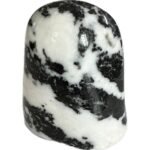
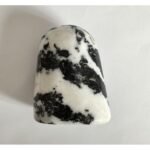

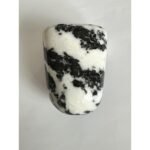
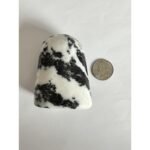
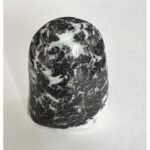
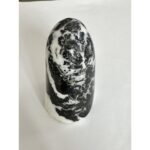
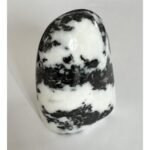
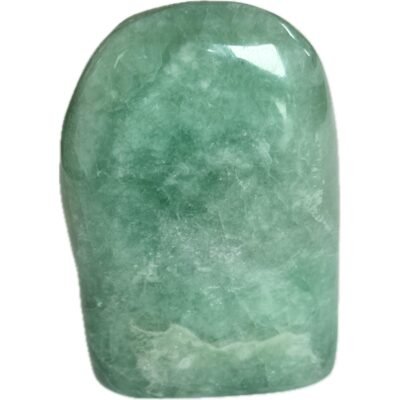
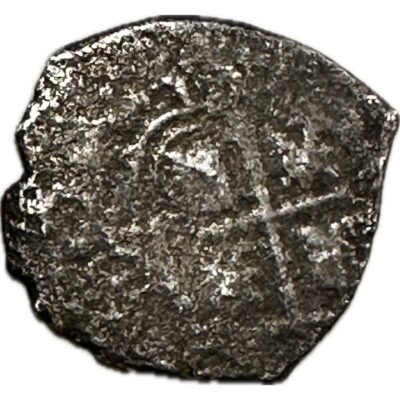
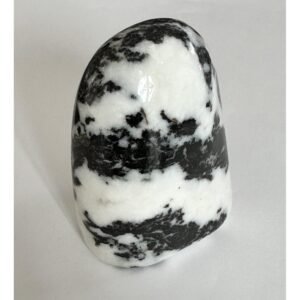
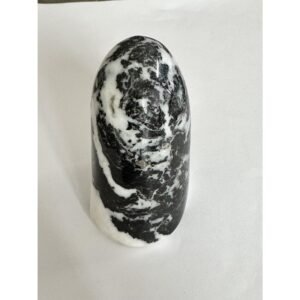
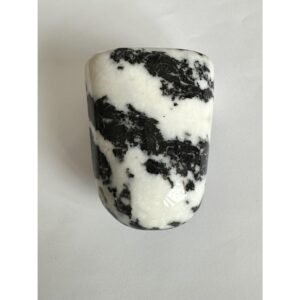
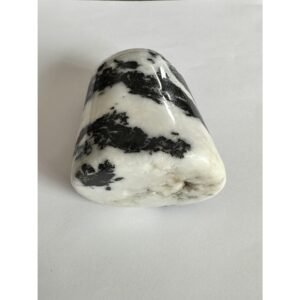

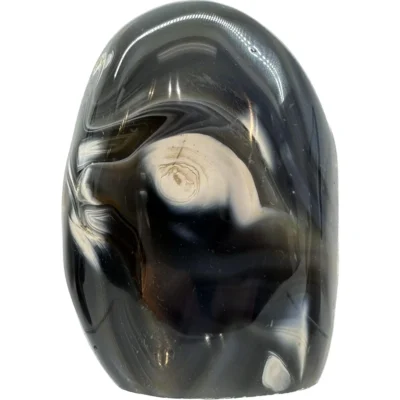



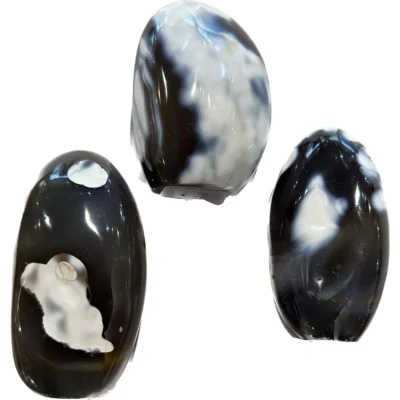
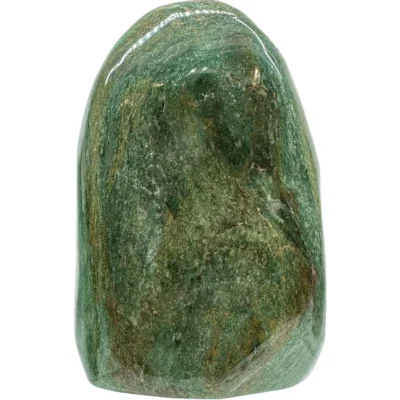
There are no reviews yet.